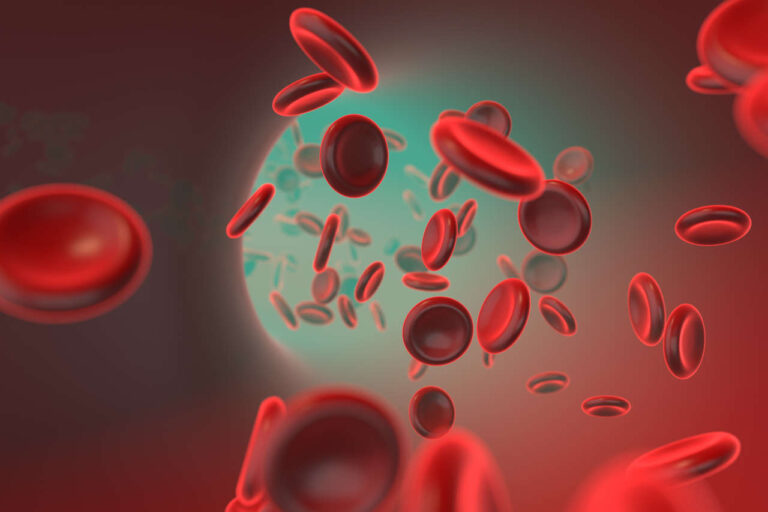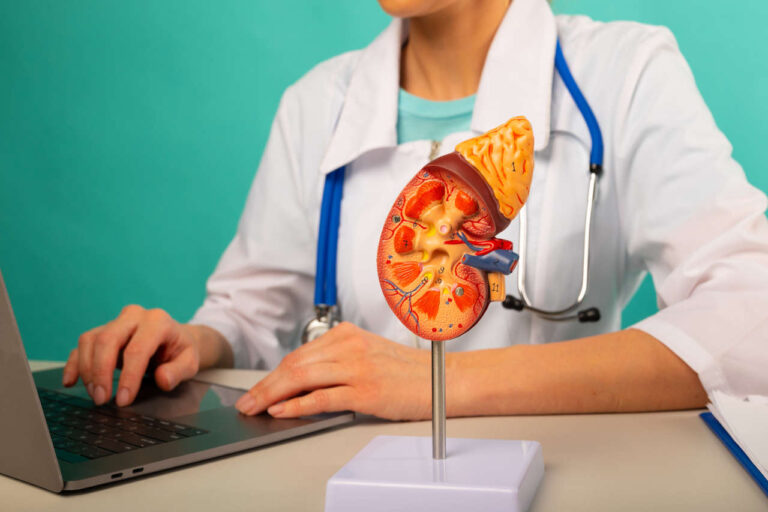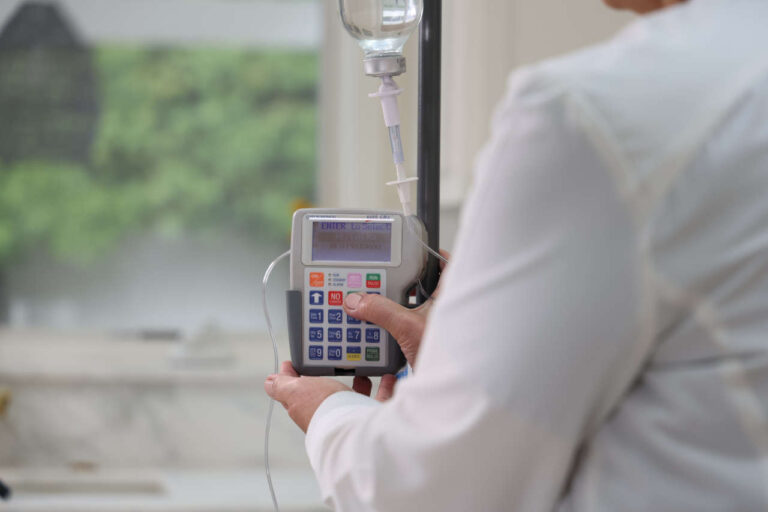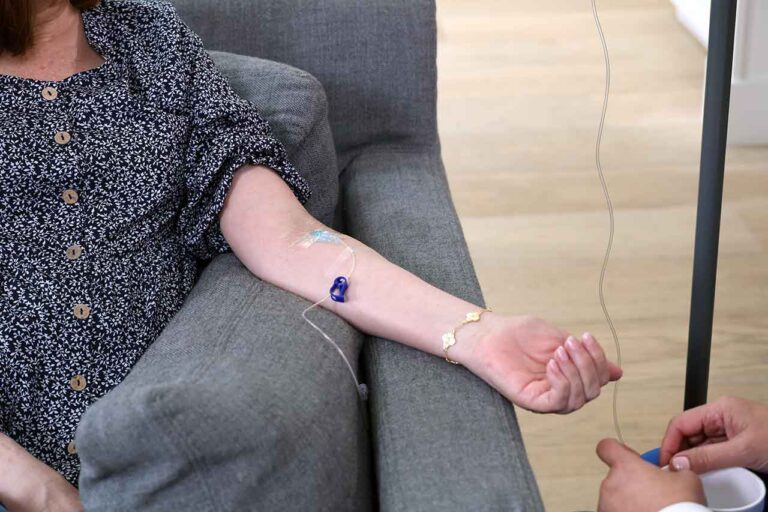
If you are battling a medical condition that weakens the immune system, IVIG (intravenous immunoglobulin) may be recommended as a treatment to help restore your antibodies.
IVIG is a liquid human plasma product made up of healthy antibodies that are given intravenously (through your vein). Although not totally understood, IVIG passes immunity naturally, the same way a mother passes immunity to a newborn baby through breast milk.
Makipag-usap sa isang Espesyalista
Tungkol sa Tulong sa CopayWhat Diseases Are Treated With IVIG?
IVIG infusions treat various autoimmune, infectious, and idiopathic diseases. The list of diseases in which IVIG therapy showed positive outcomes is continuously growing. Some conditions that necessitate IVIG treatment include:
- Immune deficiencies like immune thrombocytopenia
- Multifocal motor neuropathy (MMN)
- Chronic lymphocytic leukemia
- Chronic inflammatory demyelinating polyneuropathy (CIDP)
- Kawasaki disease
- Immune thrombocytopenic purpura (ITP)
- Guillain-Barre syndrome (GBS)
- Lupus
- Myositis
- Neurological conditions like myasthenia gravis o multiple sclerosis (MS)
- Antiviral prophylaxis: Hepatitis A pre and post-exposure, measles post-exposure, and varicella in immunocompromised patients
- Stiff-person syndrome
- Neuromyelitis optica
- Other rare diseases
As a new patient to this treatment, you may have questions regarding what IVIG is and the possible side effects it may have. Below, we will discuss side effects, what to expect during your IVIG treatment, and how to prepare for a comfortable infusion session.
 Common Side Effects of IVIG Infusions
Common Side Effects of IVIG Infusions
Here are some common side effects of IVIG infusion and how to manage them:
Headache or Nausea
Headache or nausea can be relieved with the following:
- Proper hydration and rest
- Antiemetic agents
- Antihistamines
- NSAIDs (nonsteroidal anti-inflammatory drugs):
- Ibuprofen (Motrin, Advil)
- Naproxen (Aleve)
- Glucocorticoids before and after infusion
Chills, Feeling Cold
Dress warmly and bring a comfortable blanket.
Fever, Flushing, or Flu-like Muscle Ache or Pain
Ask your doctor or nurse about these risks. They may recommend a pre or post-medication. They may also recommend slowing down the infusion rate of your IVIG treatment or switching to another brand.
Rash
The majority of reported cases involved an eczematous reaction after the first IVIG treatment, especially in patients receiving high-dose IVIG.
Treatments for rashes include hydrocortisone cream, calamine lotion, and antihistamines for itching. Cold compresses may also be used. Talk to your doctor or nurse for more specific treatments.
Rare or Serious Side Effects
While rare, serious adverse effects can occur. They include:
Thromboembolic events
IVIG can increase the risk of blood clots. This can lead to deep vein thrombosis, pulmonary embolism, heart attack, or stroke. Patients with preexisting heart conditions may be at higher risk.
Hemolytic reactions
IVIG may cause hemolysis, which is the destruction of red blood cells. This can result in hemolytic anemia, which can cause fatigue, shortness of breath, and a pale appearance.
Talamak na pinsala sa baga na nauugnay sa pagsasalin ng dugo (TRALI)
This is a rare but serious condition characterized by acute respiratory distress. TRALI can lead to difficulty breathing, chest pain, and coughing up blood. If TRALI occurs, IVIG infusion should be abruptly stopped, and respiratory support should be provided immediately.
Acute kidney failure
Some patients may experience kidney injury or failure. The risk is higher in those with preexisting kidney conditions. Kidney function should be monitored closely during treatment.
Allergic reactions (anaphylaxis)
In rare instances, severe allergic reactions may occur. Symptoms include chest tightness, difficulty breathing, swelling of the face or tongue, and low blood pressure.
It is important to note that these are only some of the side effects that may occur. Talk with your healthcare provider to get a complete picture of all the potential side effects of IVIG.
Home Infusion – We Come To You
How Does IVIG Infusion Therapy Work?
How Is It Delivered?
Now that you know what IVIG is, it’s time to learn more about its delivery. The immune globulin product is delivered through:
- A peripheral intravenous catheter o
- A central line through a vein, usually on the hand or chest.
Immune globulin may also be administered:
- Subcutaneously (SCIG), where the product is injected into fatty tissue beneath the skin rather than directly into the vein. This option has been gaining popularity in recent years, as it can be done at home for patients with primary immunodeficiency (PID) and chronic inflammatory demyelinating polyneuropathy.
An infusion pump is programmed to deliver the IVIG treatment at a predetermined rate to ensure the body does not experience any adverse reactions.
Pre-medications are often taken to minimize or prevent side effects, including headaches, fatigue, and allergic reactions.
How Long Do IVIG Infusions Take?
- IVIG infusion sessions may take 3 to 5 hours to deliver the entire immune globulin product.
- SCIG may take between 2 to 3 hours and can also be self-administered.
Precautions During IVIG Treatment
Your nurse will check your temperature throughout the infusion session and measure your pulse and blood pressure. This will ensure you aren’t experiencing an adverse reaction to the Ig treatment.
How Often Is IVIG Infusion Therapy Administered?
Typically, IVIG treatments will be administered every 3 to 4 weeks. Initial IVIG doses are generally administered in divided doses over several days.
Subcutaneous IG infusions (SCIG) injected into the fatty tissue under the skin require more frequent dosing (daily or two to three times per week).
How to Prepare for IVIG Treatment
Since IVIG therapy can take several hours, it’s better to schedule your treatment on a day when you have no other personal or social obligations. Leading up to your scheduled treatment, you’ll want to take in as many fluids and electrolytes as possible.
Being fully hydrated before your IVIG infusion can help minimize symptoms like headaches after the treatment.
IV nurses also administer pre-medications, which can include Benadryl, Tylenol, Advil, and other medications to reduce the severity of the common side effects associated with Ig treatment.
You’ll also want to prepare for your IVIG treatment with an activity to pass the time. You can use the time to:
- Catch up on your favorite TV shows.
- Watch a movie.
- Play a video game.
- Read a book.
- Take a nap.
- Listen to a podcast.
Makipag-usap sa isang Espesyalista
How Long Does It Take to Feel Better After IVIG?
For some patients, it may take weeks or even months to see the effects of IVIG therapy. On the other hand, patients receiving IVIG for immune deficiency (e.g., PID, CLL-related hypogammaglobulinemia) may see improvements in infection frequency within 1 or 2 weeks. It is important to keep in mind that response rates can differ significantly depending on the condition being treated.
Keeping Track of Your IVIG Treatment
Keeping track of your treatment and how your body reacts after each session can help your doctor identify solutions to improve the results of your treatment.
Remember to maintain open communication with your caregivers and doctors to ensure you receive the highest level of care for your IVIG infusions. You may book a call if you have additional questions or would like to explore tulong sa copay opportunities.
















